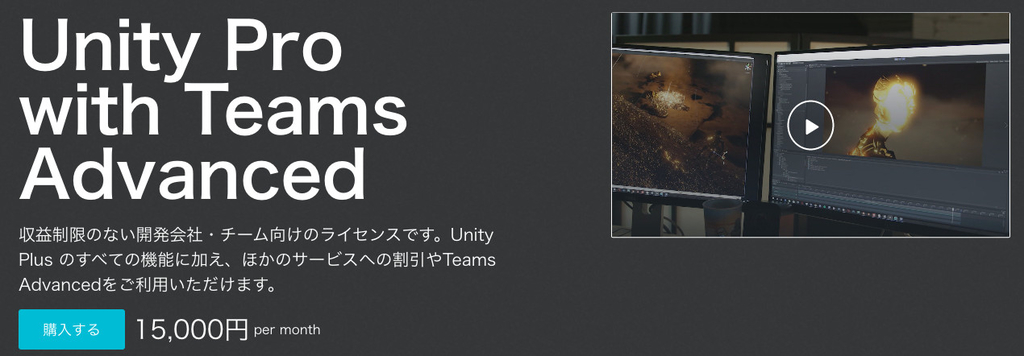
The plugin converts the osgb oblique photography model format to 3dtiles format and can be loaded dynamically at runtime.FEATURESSupports window, IOS, Android, Mac, UWP, Editor platforms.Support LOD function.OSGB data that supports contextcapture (Smart3d) production.OSGB data that supports Altizure's production.OSGB data that supports DJI production.OSGB data supporting Jiantong Surveying and Mapping production.OSGB data supporting the production of Shanghai Panoramic View.Supports edited OSGB data.Supports converting osgb data generated up to osg3.6.5.Supports the New Earth 4 Merge Root Node Result transformation.Support URP and HDRP render pipelines.Runtime loading is supported.The plugin provides tools to convert osgb files to 3dtiles format.This resource uses the OSG repository derived from OpenSceneGraph under an OSGPL license. For detailed license information, see OpenSceneGraph_Public_License.txt , or visit: License InformationImprovement (Relative To V1 Version)Support top-level merging, loading speed is faster after top-level merging, and the display effect is better.Textures are encoded using KTX2, which occupies a lower amount of video memory, which is about 1/9 of that of JPG encoding.Supports model Draco compression, which reduces data size and network latency.NOTEOSGB format conversion can only be converted on the window platform.The OSGB format conversion to 3dtiles tool is a stand-alone license;THIRD-PARTY ASSETSAsset uses Newtonsoft Json.NET under MIT License; see Third-Party Newtonsoft.Json_License.txt file in package for details.Asset uses UnityGLTF under MIT License; see Third-Party UnityGLTF_License.txt file in package for details.Asset uses zlib under MIT License; see Third-Party zlib_License.txt file in package for details.Asset uses cesium-unity under Apache License; see Third-Party cesium-unity_License.txt file in package for details.3DTiles is a Unity based implementation of the 3DTiles open format for streaming and rendering large static models such as those generated by photogrammetry pipelines. The benefit of the 3D Tiles specification is that it allows one generic rendering implementation to support datasets tiled using a number of different data structures such as binary, quad, or oct trees. It also supports sparse data representations so it can adapt well to datasets with variable detail density.








